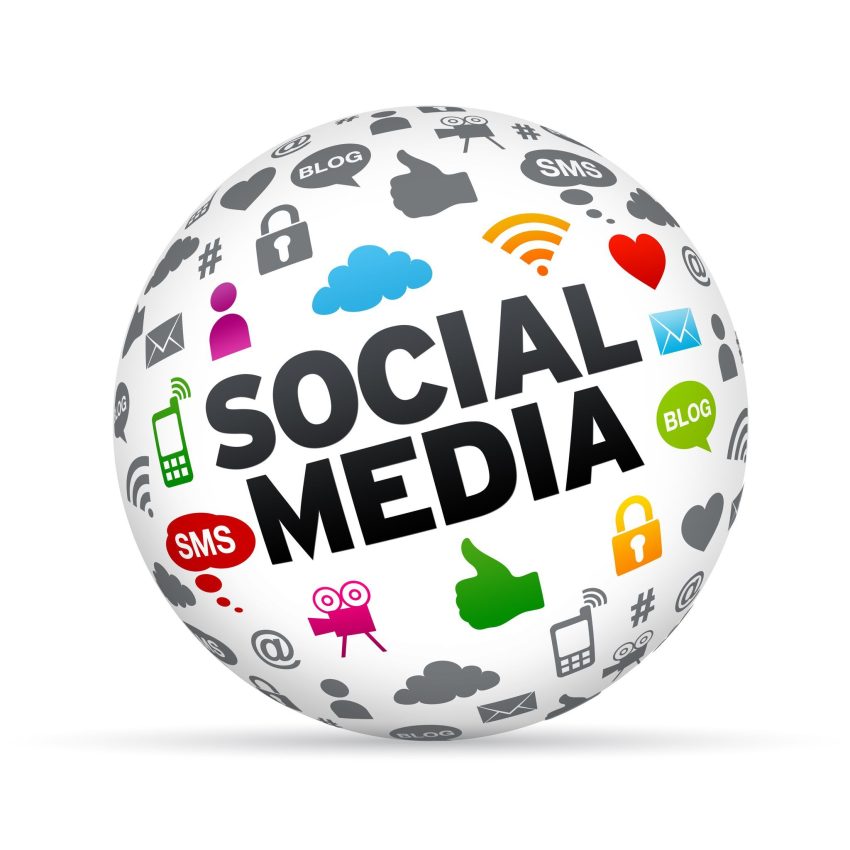Social media has become a powerful tool for businesses in every industry, including the beauty industry. With the rise of platforms like Instagram, YouTube, TikTok, and Pinterest, beauty brands have found new ways to connect with consumers, showcase their products, and drive sales. In this article, we will explore the significant impact that social media has had on the beauty industry and how brands are leveraging these platforms to reach their target audience.
Increased Visibility
One of the most significant impacts of social media on the beauty industry is the increased visibility that brands can achieve. With millions of users on platforms like Instagram and YouTube, beauty brands can showcase their products to a vast audience and gain exposure that was previously only possible through traditional advertising channels. Influencers and beauty bloggers have also played a crucial role in promoting products and generating buzz for new launches, further increasing brand visibility.
Direct Communication with Consumers
Social media has also transformed the way beauty brands communicate with their consumers. Through platforms like Facebook, Twitter, and Instagram, brands can engage with their audience in real-time, respond to questions and feedback, and build a loyal following. This direct communication allows brands to better understand their customers’ needs and preferences, leading to more targeted marketing campaigns and product development.
Influencer Partnerships
Influencer marketing has become a key strategy for beauty brands looking to reach a broader audience and increase sales. By partnering with influencers who have a dedicated following, brands can leverage their credibility and reach to promote products and drive sales. Influencers often create sponsored content featuring beauty products, tutorials, and reviews, which can generate a significant amount of buzz and interest among their followers.
User-Generated Content
Social media has also empowered consumers to become creators and influencers in their own right. User-generated content, such as product reviews, tutorials, and before-and-after photos, has become a valuable resource for beauty brands looking to showcase the real-life results of their products. Brands can also leverage user-generated content to build trust and credibility with their audience, as consumers are more likely to trust recommendations from fellow users than traditional advertisements.
E-Commerce Integration
Social media platforms have also made it easier for beauty brands to sell their products directly to consumers. Many platforms now offer e-commerce features, allowing users to shop directly from posts and ads. Brands can also leverage shopping tags and links to drive traffic to their online stores, making it easier for consumers to purchase products they see on social media. This seamless integration of social media and e-commerce has revolutionized the way beauty brands sell and market their products.
Trends and Viral Marketing
Social media has also played a crucial role in shaping beauty trends and driving viral marketing campaigns. With the ability to reach millions of users instantly, brands can create buzz around new products, launches, and trends, leading to increased sales and brand awareness. Platforms like TikTok have become particularly popular for beauty brands looking to create viral content and reach a younger, trend-savvy audience.
Conclusion
In conclusion, social media has had a significant impact on the beauty industry, transforming the way brands connect with consumers, promote products, and drive sales. With increased visibility, direct communication with consumers, influencer partnerships, user-generated content, e-commerce integration, and viral marketing, beauty brands have more opportunities than ever to reach their target audience and grow their business. By leveraging the power of social media, beauty brands can stay ahead of the competition and connect with consumers in new and innovative ways.

